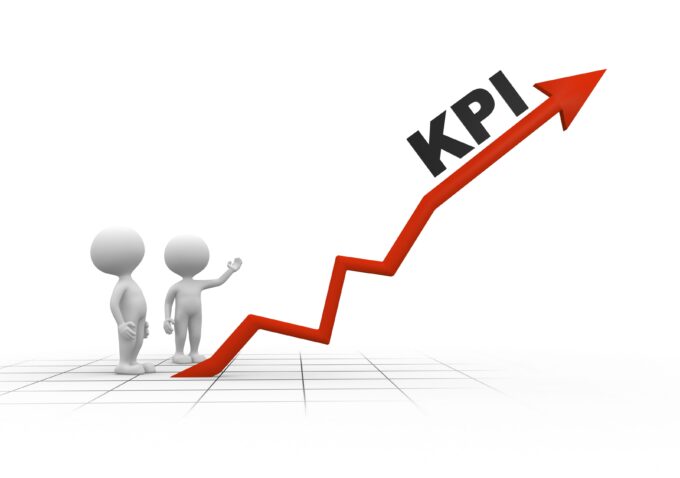Managing a warehouse can be a complex and expensive task for businesses, particularly those that handle large inventory. However, the implementation of the right strategies can Reduce Warehouse Costs.
From optimizing layout and inventory control to improving employee training and communication, there are many steps businesses can take to lower their warehouse management expenses. In this article, we will explore some of the most effective tips for businesses looking to lower their warehouse management expenses.
1. Develop a Good Plan

Source: vinculumgroup.com
Before making any changes to your warehouse operations, it is essential to have a solid plan in place. Start by defining your goals and objectives, such as reducing costs, improving efficiency, or enhancing customer service. Then, evaluate your current processes and identify areas for improvement. That may involve analyzing data on inventory levels, order processing times, and other key metrics.
Once you clearly understand your current operations and desired outcomes, develop a detailed action plan with specific steps and timelines for implementation. Be sure to communicate your plan with all team members involved in the warehouse operations to ensure everyone is aligned and working toward the same goals. Starting with a concrete plan can set the foundation for success and make more informed decisions throughout the process.
2. Improve Your Inventory Management
Effective inventory management is essential for reducing warehouse expenses. Start by tracking your inventory levels regularly and using data analysis to identify trends in customer demand. This information can help you adjust your inventory levels accordingly, minimizing the risk of overstocking or stock shortages. An effective forecasting strategy can also help you predict future demand and proactively adjust your inventory levels.
Another key aspect of inventory management is organizing your warehouse to optimize space utilization. That involves placing high-demand products in easily accessible areas and using specialized storage solutions for products that require specific handling or storage conditions. Also, using barcodes or RFID tags to track inventory can help you maintain accurate inventory records and reduce the risk of errors.
3. Streamline Your Processes

Source: firstcitizens.com
Streamlining can help you reduce waste, eliminate unnecessary steps, and increase efficiency. Start by mapping out your current processes and identifying areas where bottlenecks or delays occur. Then, look for opportunities to automate or simplify these processes. For example, using a warehouse management system can help you automate order processing and inventory management while using barcodes or RFID tags can help you streamline the picking and packing process.
Moreover, implementing clear principles can help you eliminate waste and increase efficiency. That involves identifying and eliminating activities that do not add value, such as unnecessary handling or transportation of products.
4. Invest in New Technologies
Investing in technology can help you automate processes, improve accuracy, and increase efficiency in your warehouse. For example, implementing a warehouse management system can help you automate order processing, inventory management, and reporting.
Automated material handlings equipment, such as conveyor systems or AGVs, can help you reduce the time and effort required to move products throughout your facility. When investing in technology, consider your specific needs and budget. Look for solutions that are scalable and can grow with your business. A great thing to invest in is shipping. Click here to find out more.
5. Focus on Continuous Improvement

Source: supplychainbeyond.com
This is essential for maintaining a competitive edge in your industry. Start by establishing a culture of continuous improvement in your warehouse, where all team members are encouraged to identify opportunities for improvement and suggest solutions. Conduct regular reviews of your processes and metrics to identify areas to improve.
Furthermore, consider benchmarking your performance against industry standards to identify areas where you may fall behind. Look for opportunities to adopt best practices from other companies in your industry and explore new technologies or processes that can help you improve.
6. Reduce Costs Through Collaboration
Cooperating with suppliers, customers, and other stakeholders can help you reduce costs in your warehouse. For example, working with suppliers to implement just-in-time inventory strategies can help you reduce inventory carrying costs. Collaborating with customers to consolidate orders can help reduce shipping costs and improve delivery times.
Working with other companies in your industry will allow you to share transportation costs can help you reduce transportation expenses. When cooperating with others, communicate clearly and establish mutually beneficial agreements. Look for opportunities to align incentives and share risks and rewards.
7. Prioritize Safety and Compliance

Source: 1streporting.com
Prioritizing safety and compliance is essential for protecting your employees and your business. Ensure your warehouse meets all relevant safety and compliance regulations and standards. Provide regular safety training to all employees and ensure they have the necessary personal protective equipment to perform their jobs safely.
Furthermore, include regular safety audits to identify potential hazards and take steps to eliminate or mitigate them. That may include installing guardrails or other safety barriers, ensuring proper lighting and ventilation, and providing proper conditions to reduce the risk of injury.
8. Evaluate Your Suppliers and Vendors
The suppliers and vendors you work with can significantly impact your warehouse costs and efficiency. Evaluating them can help you identify opportunities for improvement and reduce costs. Start by identifying the key factors important to your business, such as quality, reliability, and cost.
Moreover, regularly evaluate your suppliers and vendors to ensure they meet your expectations. Look for opportunities to negotiate better pricing or terms, and consider consolidating your orders with a smaller number of trusted suppliers to reduce costs and improve efficiency.
9. Monitor Your KPIs

Source: b-scpa.com
Monitoring your key performance indicators can help you identify areas where you can improve and measure the effectiveness of your cost-saving initiatives. Start by identifying the most important indicators for your business, such as inventory accuracy, order fulfillment rate, and shipping costs.
Then, set targets for each one and regularly monitor your performance. Look for trends and patterns that indicate areas for improvement and take action to address these issues. Data and analytics can provide reports about decision-making and identify cost savings and efficiency improvement opportunities.
In Conclusion
Reducing warehouse expenses is a vital aspect of running a successful business. Companies can decrease costs and increase profits by focusing on efficiency, safety, and collaboration with suppliers and customers. In the end, by implementing these strategies, businesses can achieve their goals and continue to grow.







